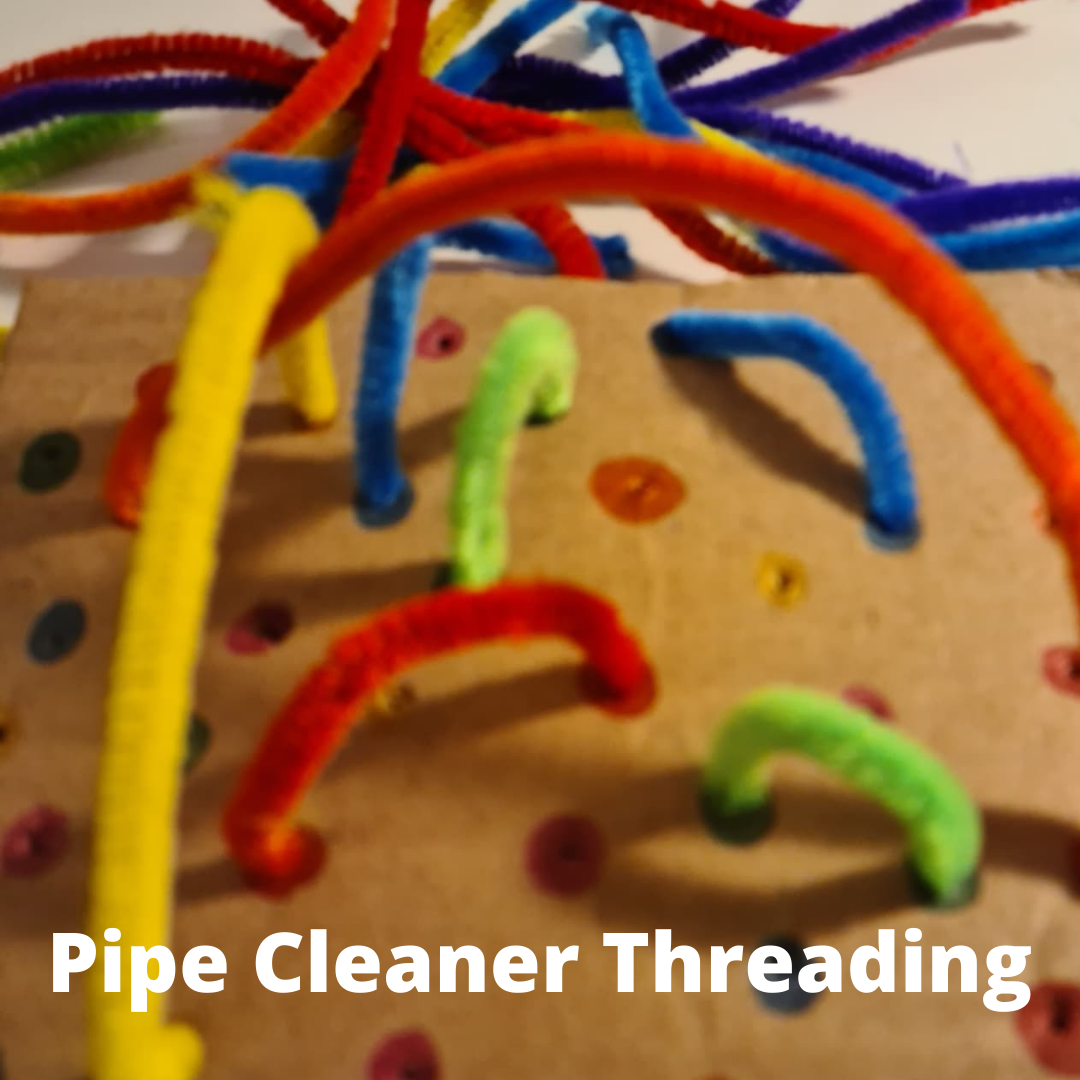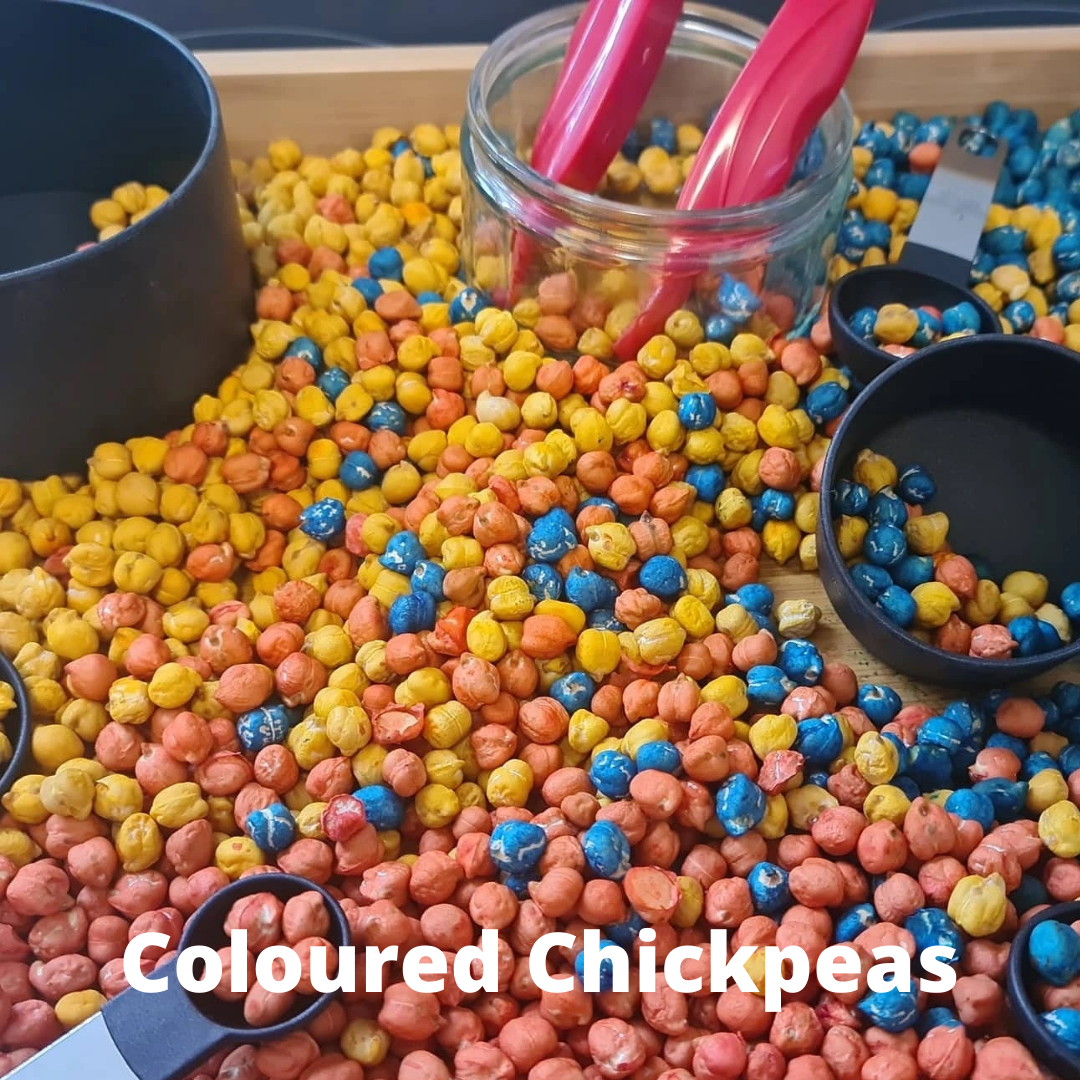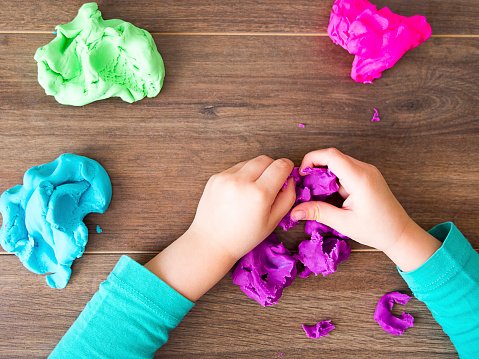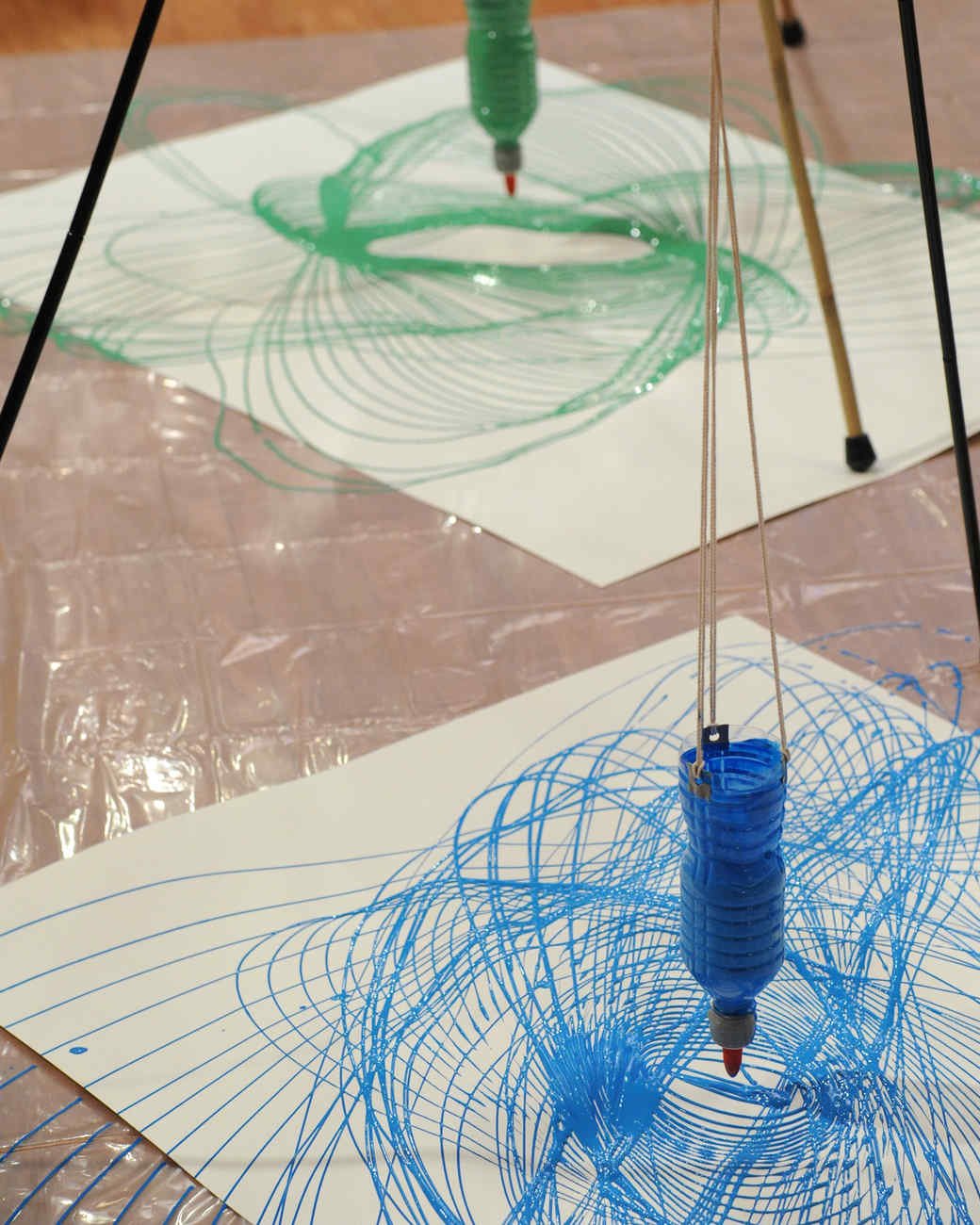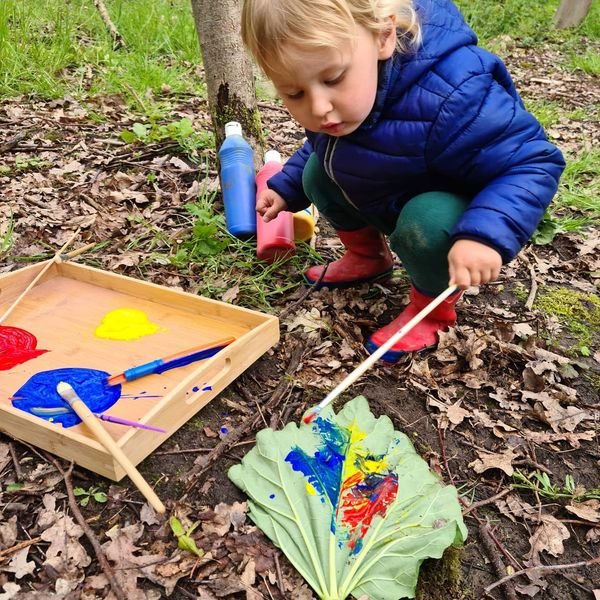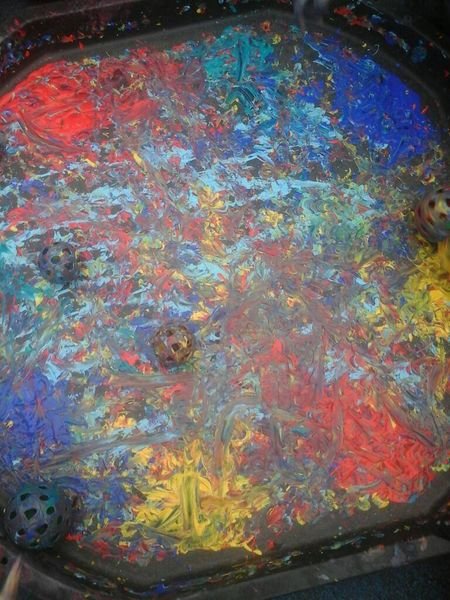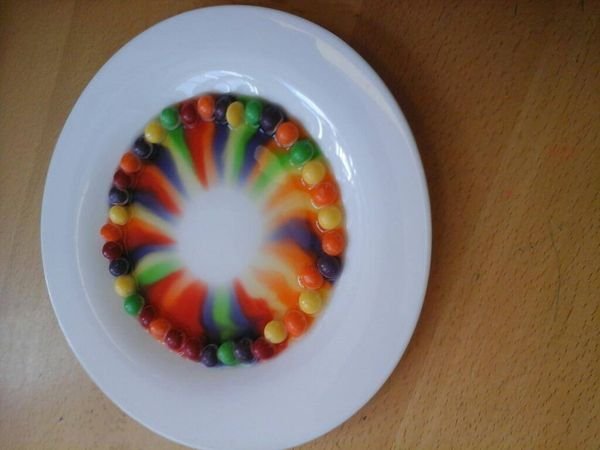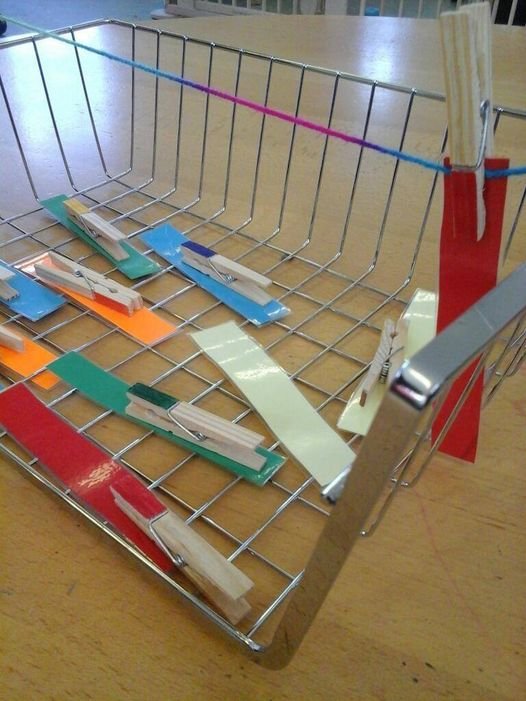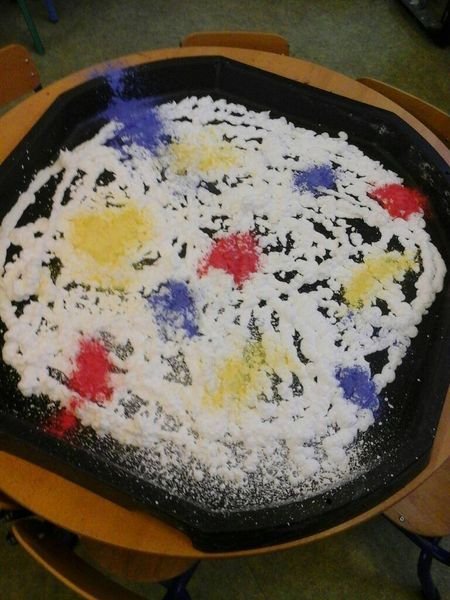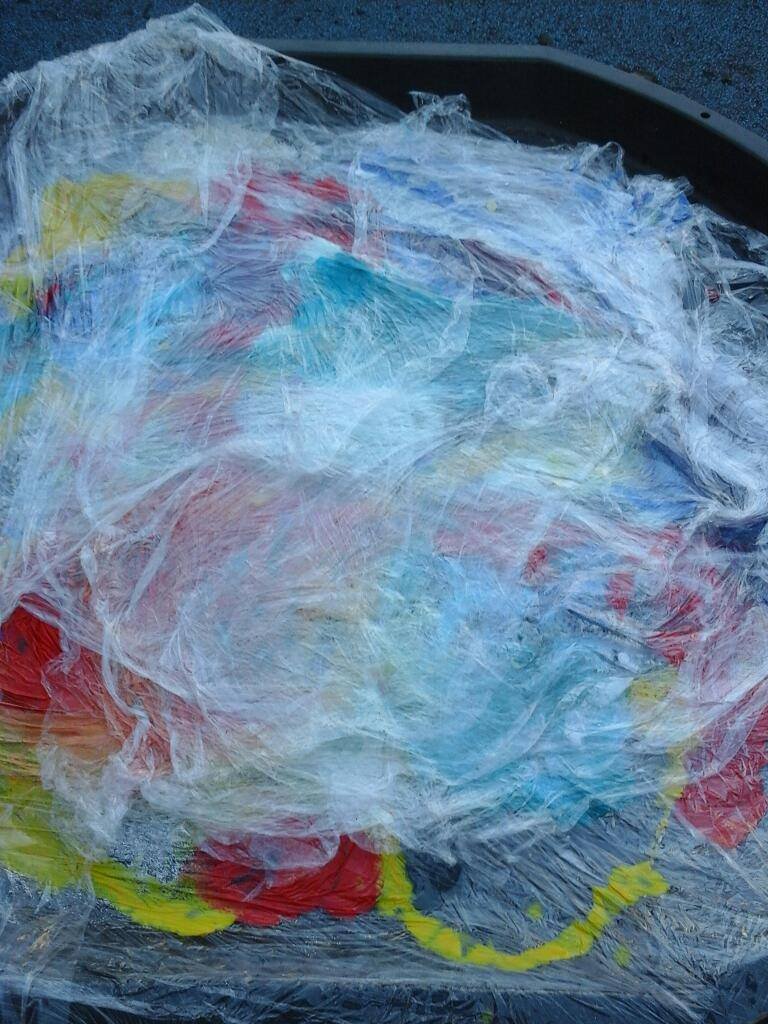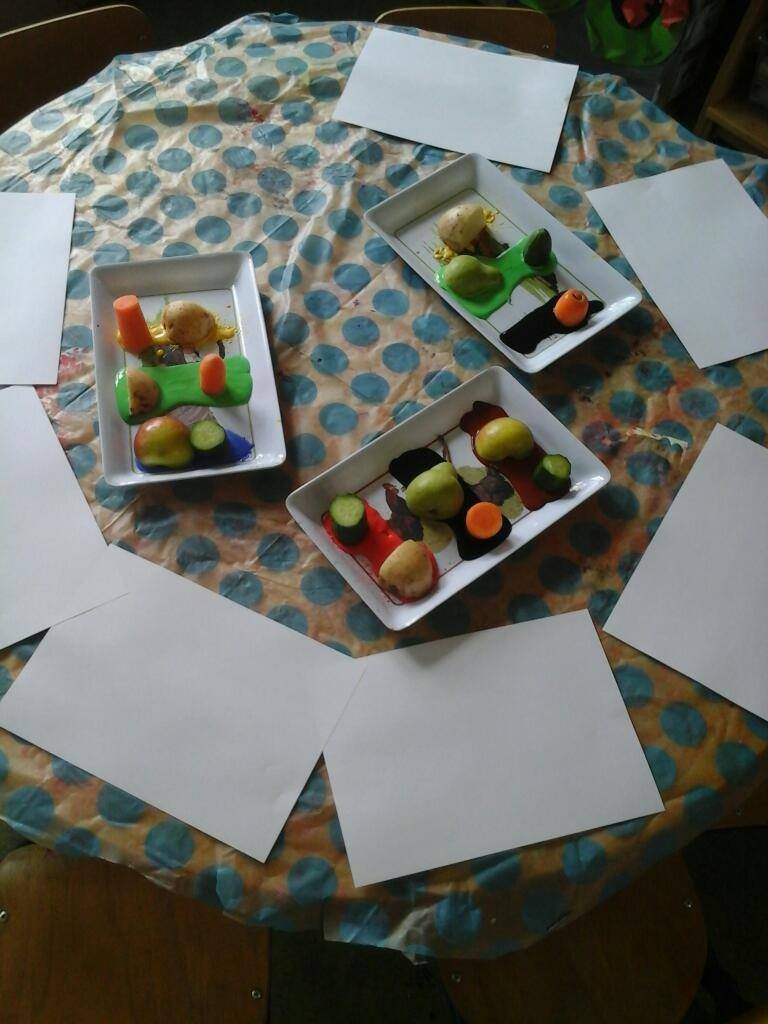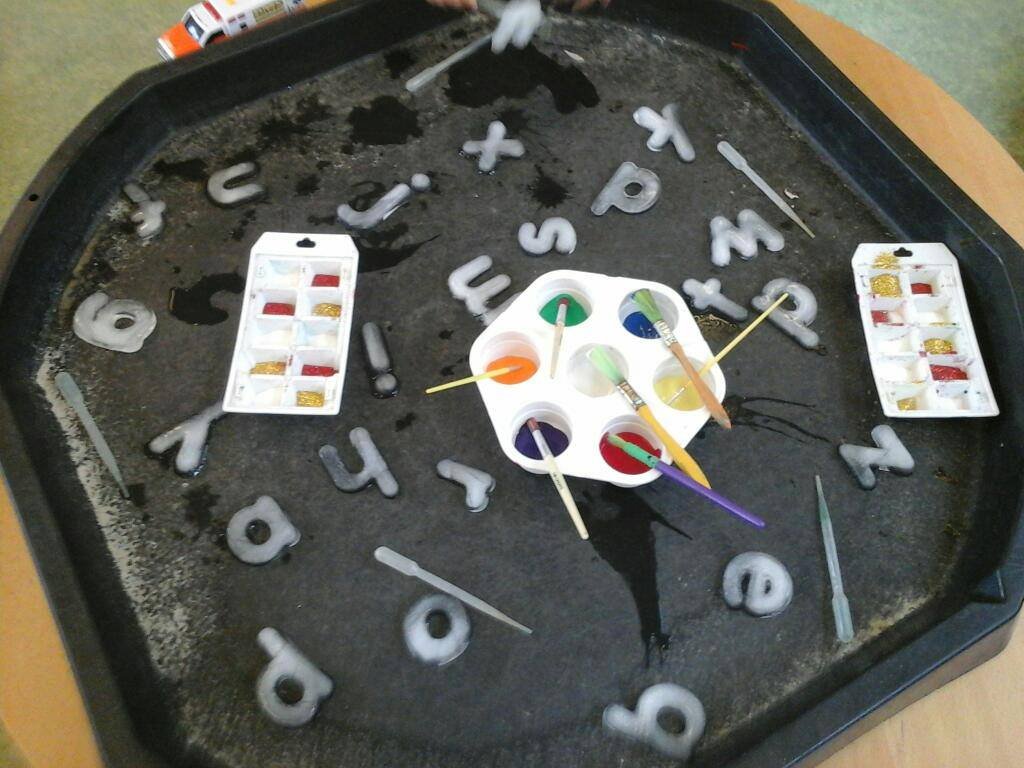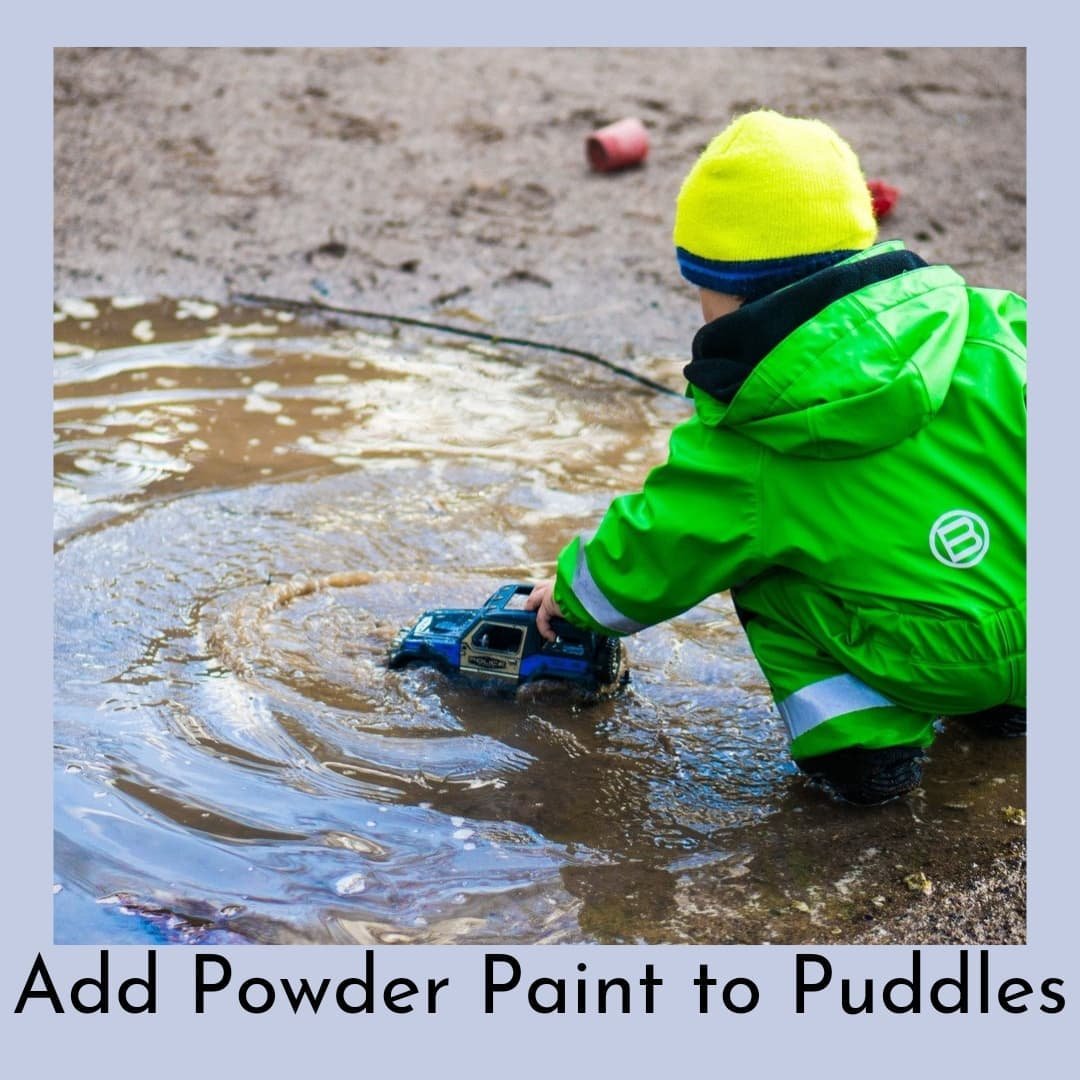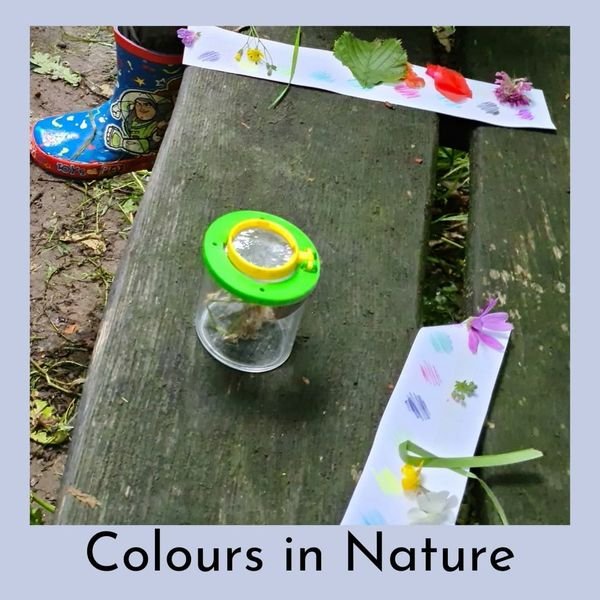Part Two: Teaching Colours in the Early Years
Last week’s blog explored what we meant by teaching in the early years. This week part two is going to explore how do children learn and develop their knowledge of colours through our curriculum that we use to teach them. Curriculum in its very simplest terms, is the framework for what we would like children to learn in the time that they are with us. This is one big composite (end goal) made up of many small components. Sam Sleeman-Boss and Wendy Radcliff from Ofsted at the childcare and education expo (2022) defined curriculum thinking as “the framework for setting our aims of a program of education, including the knowledge and skills to be gained at each stage.”
It is refreshing to remember that the Early Years Foundation Stage (EYFS) Educational Programs, lay the foundation or floor of our curriculum, but we develop our curriculum to help children reach for the stars. It simply doesn’t cover all the small steps, components and learning opportunities that children have in their time in the settings, which is based on the knowledge of a skilled practitioner. An example of this is that, by the end of their time in nursery with us we might want children to be able to express themselves through the careful selection of colour, identifying colours and communicating why. Children don’t simply learn these skills or information though through a quick transference of knowledge and information, they learn them through an ambitious curriculum that is made up of many components or small steps to help them reach the end goal by the end of their time with us.
This is done through hands on experiences in the early years that encourage exploratory learning, collaboration, and the opportunity to develop ideas alongside others. For example, we may start with our very youngest by that simple exploration of contrasts in colours. We know that babies are interested in those contrasts and that black, white, and red supports brain development We then might explore mark-making with different colours using those gross motor skills and movement of our whole bodies and begin to name the different colours that we make. Before doing matching and classifying by sorting, identifying, making patterns and so on. As the children continue to explore, we look at shades and mix different colours, but also recall how they make colours through a variety of activities, using paint, light boxes, messy play and so on. Before, we move onto that being creative using colour to express ourselves and carefully selecting those colours, there are many steps that children go through, in their journey of learning about colours in the early years.
Below are some activity ideas for teaching colours in the early years:




